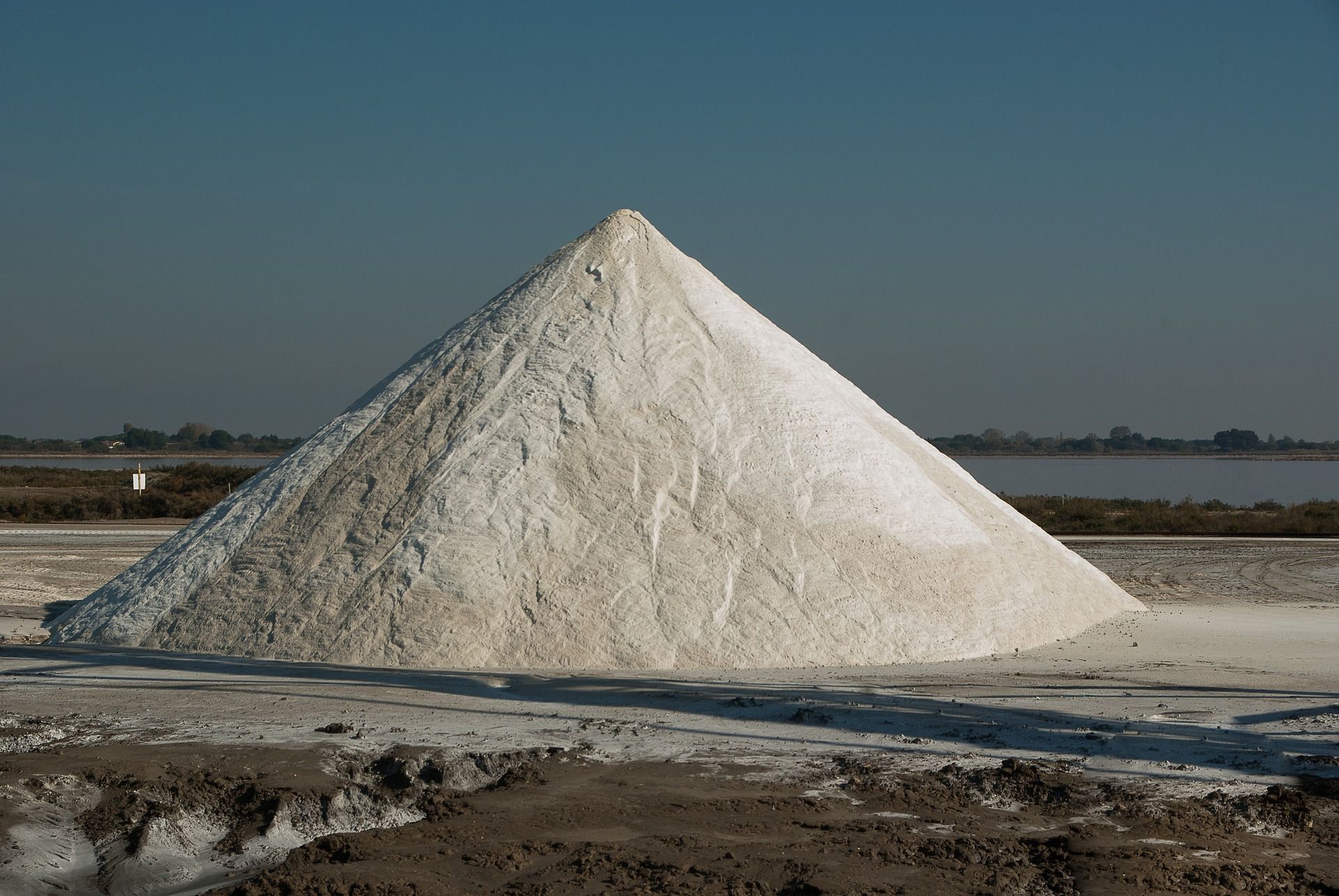Potash and salt are versatile basic materials for the chemical industry. Without exaggeration, it can be said that they are necessary for ten thousand products.
Salt, for example, is needed to produce plastics, glass, and aluminum. A not inconsiderable part of our production goes into these areas as so-called salt for chemical use.
About 60% of salt production and is a strategic raw material for the chemical industry. For the large-scale electrolysis plants, which use salt (NaCl), water (H2O) and electricity to produce intermediate products such as chlorine (Cl2), caustic soda (NaOH) and hydrogen (H).
◾ Caustic soda is used in aluminum production, as a bleaching agent in the paper industry, and as a basic ingredient in soap and detergent production.
◾ Soda ash is needed in glass production because glass is formed by fusing soda ash, lime, and quartz sand.
◾ Sodium chloride is therefore used to make lenses, prisms, and windows suitable for the visible range and in the near to mid-infrared.
◾ Everyday items such as soap, drinking glasses, plastic bowls, and cleaning products.
◾ Salt is an auxiliary material in the production of paints and coatings.
◾ Potash: mineral fertilizer, pharmaceutical salt, Epsom salt and magnesium chloride brine.
◾ Potassium chloride so-called pharmaceutical salt is used in the production of infusion and dialysis solutions as well as in standard injections for artificial nutrition, in potassium tablets, dietary salts, sports nutrition and in mineral drinks. It is also used to purify insulin.
◾ Potassium sulfate is the raw material for drug production (antibiotics, homeopathic remedies).
◾ De-icing salt reduces the accident rate by 80%.
During my research for the “salt week” I was really surprised how many different salt types are available for chemical use and how wide the range of salt applications is. For many of my customers salt is an important raw material.
My next article is about salt importance and impact on our health.
Salt Applications
There is no industry without salt. 2/4 salt articles by Sylwia

Subscribe to Triangular Process On Demand
Get the latest posts delivered right to your inbox
